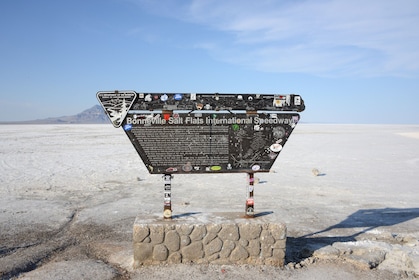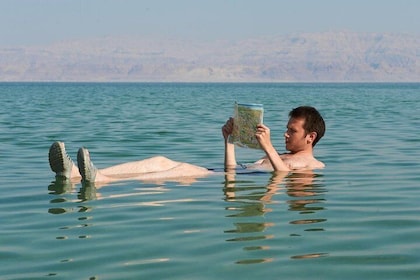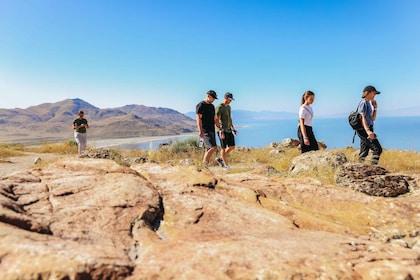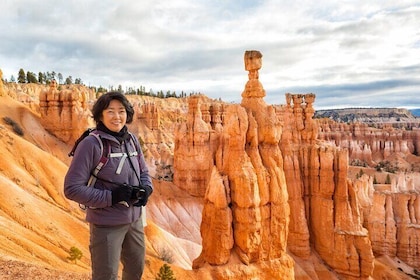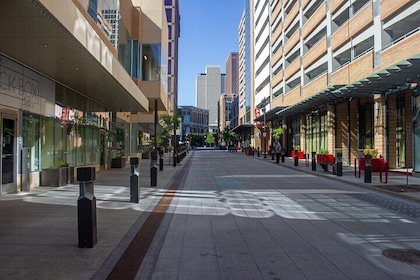Crocker Science Center





Visit Crocker Science Center
Tours & day trips
See all 63 activities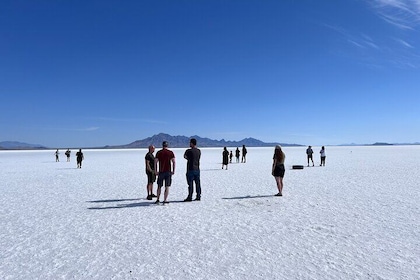
Bonneville Salt Flats Adventure
Private & custom tours
See all 15 activities
Zion Bryce and Capitol Reef Self-Guided Audio Tours
Food, drink & nightlife
See all 8 activities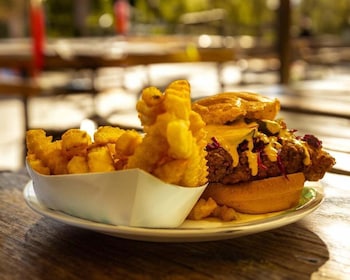
Salt Lake City: Chef Curated Food Walking Tour
Spa & wellness
See all 4 activities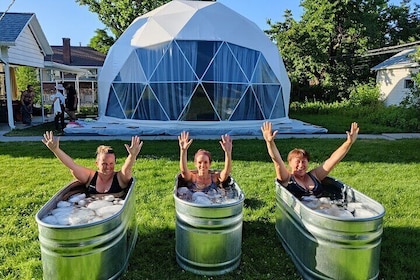
Transformational Breath & Ice Bath Workshop
Classes & workshops
See all 4 activities
Transformational Breath & Ice Bath Workshop
Popular places to visit
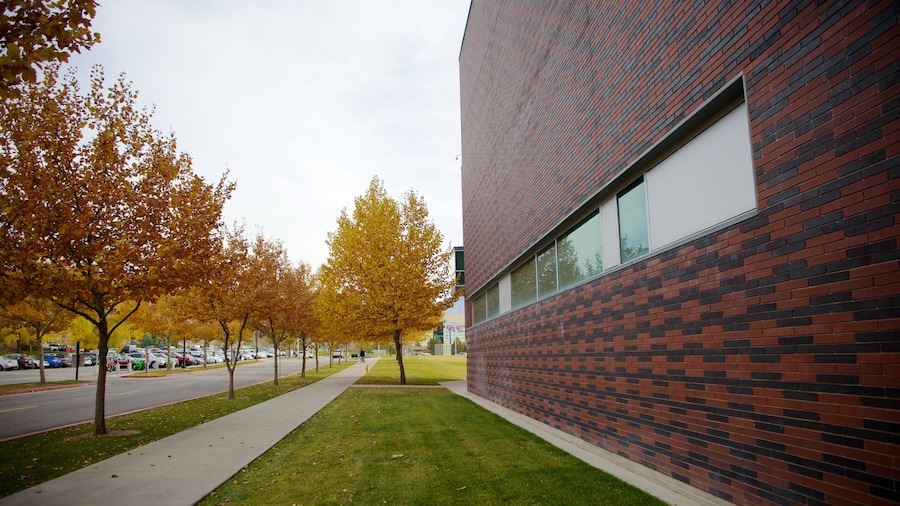
Utah Museum of Fine Art
Admire works of art from across millennia and from all over the world, as well as first-class regional creations.
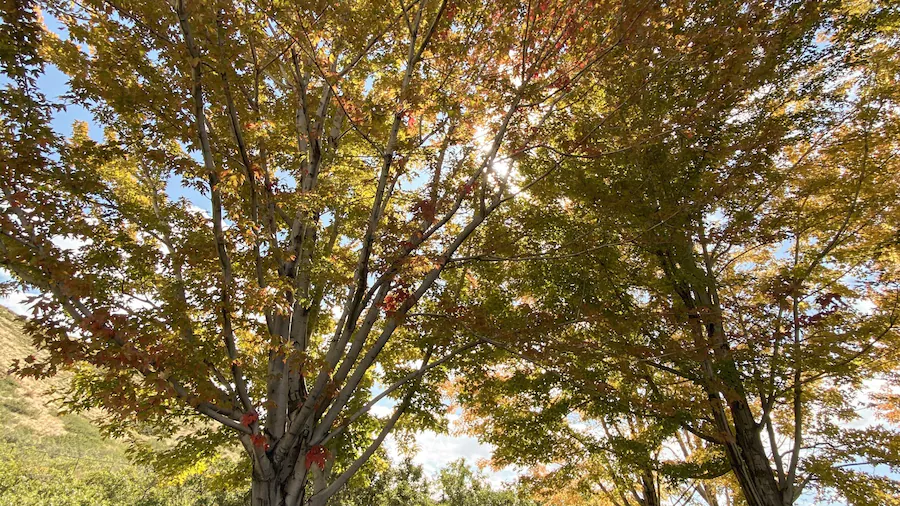
University of Utah
Enjoy the collegiate vibe with a visit to University of Utah, a well-known college in Salt Lake City. Discover the lively bars and great live music in this family-friendly area.
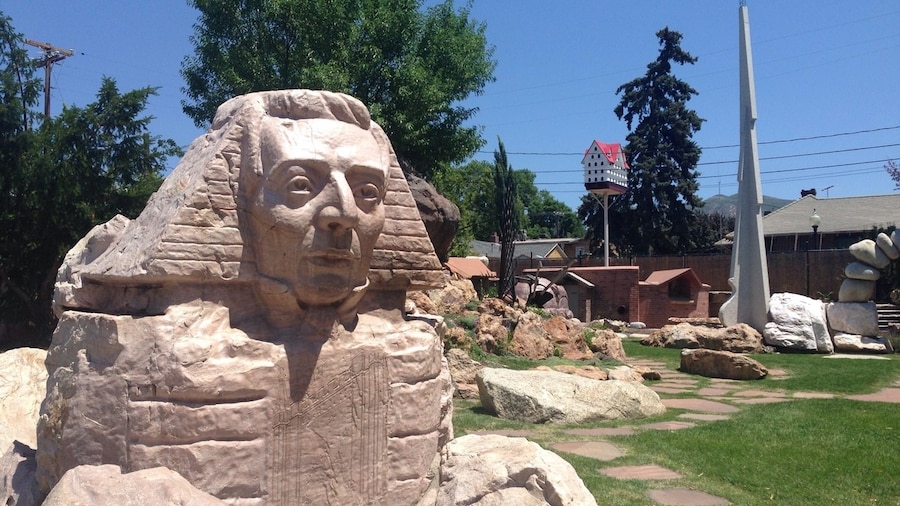
Gilgal Sculpture Garden
Learn about the local history of Salt Lake City when you spend time at Gilgal Sculpture Garden. Stroll along the lakeside or experience the acclaimed theater scene in this romantic area.

Red Butte Garden and Arboretum
Open, verdant lawns framed by cheerful flowerbeds welcome visitors to this garden below the Wasatch mountains.
Kingsbury Hall
You can get tickets for a performance at Kingsbury Hall during your trip to Salt Lake City. Discover the acclaimed theater scene and temples in this romantic area.
Olympic Legacy Cauldron Park
You can find out about the history of Salt Lake City with a visit to Olympic Legacy Cauldron Park. Stroll along the lakeside or experience the great live music in this family-friendly area.
Top Hotel Deals
Check availability on hotels close to Crocker Science Center

Little America Hotel

Anniversary Inn - 5th South

Marriott University Park

Anniversary Inn - South Temple

The Grand America Hotel

Hyatt Regency Salt Lake City

Salt Lake Plaza Hotel SureStay Collection by Best Western

Cozy 1 Bdr Near Liberty Park Downtown SLC






